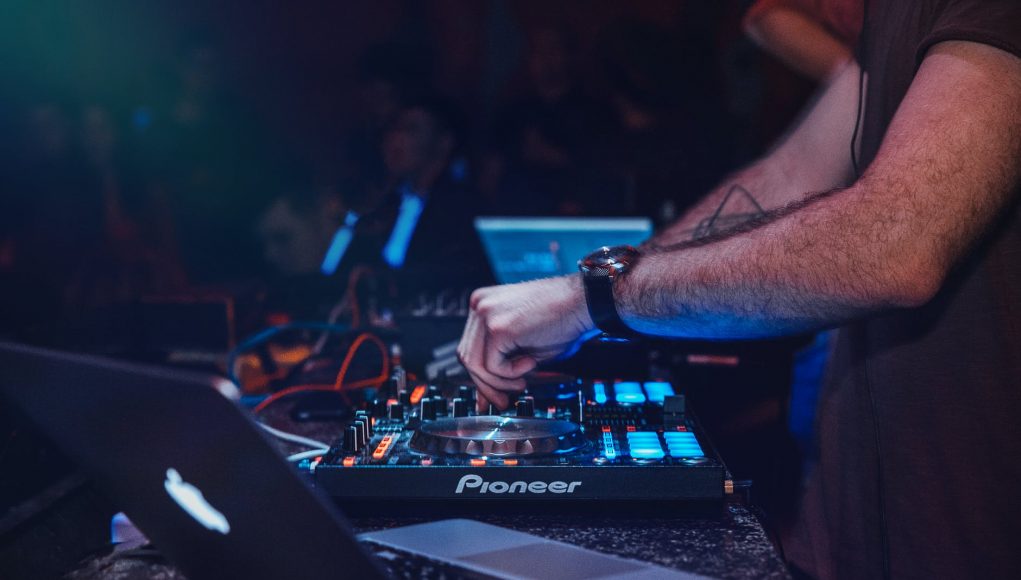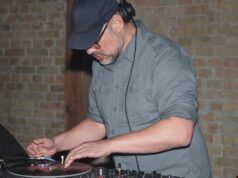When night turns into day in Berlin, or just powers through the day until it becomes night again, it’s not only life that pulses, but also a movement that goes far beyond going out. It’s the quiet shift of a club culture turning into a driving force of sustainable, regenerative urban development. These places are no longer just sites of mindless GHB consumption, toilet stalls blocked for twenty minutes by five Italian tourists, endless annoying door queues, bland narcissistic selectors, grating melodic techno or Schlager tracks at 150 bpm. They have become pioneers of ecological change. Berlin’s clubs are showing what it looks like to move from a smart city to a regenerative community.
The First Steps: Where It All Began
More than ten years ago, the scene started sending its first signals. Initiatives like Clubmob brought energy efficiency into club operations. The lines between talk-to-the-hand hedonism and responsibility-driven “If you just sit around doing nothing, your concerned friends start handing you a list of uncomfortable questions” began to blur when BUND Berlin and clubliebe e.V. took the sustainable transformation into their own hands. In 2019, Clubtopia launched as a flagship project funded by Berlin’s Senate Department for Environment, Mobility and Climate Protection.
Clubtopia is more than a consulting platform. It is the heart of a network connecting sustainability experts and cultural actors, defining standards (Code of Conduct) and offering practical guidance on everything from energy savings to waste reduction. Clubmob was an early trailblazer, developing energy-saving concepts tailored specifically to clubs. Since then, it has connected the scene, offered coaching sessions and supported the implementation of green club ideas. Clubtopia, funded from 2019 to the end of 2024 by the Berlin Senate Department for Mobility, Transport, Climate Protection and Environment, now faces closure due to the lack of continued funding. This is a significant setback for sustainable transformation in Berlin’s club culture, even though the project has achieved notable successes in the past, such as getting around 80 major clubs across Germany to commit to the “Celebrate the Future!” pledge.
Role Models That Set the Standard
Does Berlin need clubs that demonstrate how green urban development can work? Yes, and there are a few: Holzmarkt 25 combines urban agriculture with parties and social engagement. Kater Blau experiments with energy autonomy. And many more are listed in the Green Club Index, a ranking of sustainable clubs that pursue ambitious environmental goals despite limited resources. Note: both greenmusicinitiative.de and greenclubindex.de have been dormant for at least five years. Another sign of stagnation. At this point, readers might start to feel like something was once brewing here, only to fizzle out after the pandemic. The assessment that both platforms have been inactive for years holds up. The pandemic-induced shutdowns intensified this trend, leaving many projects in limbo or under severe financial pressure. Berlin is currently witnessing a phase where sustainable engagement hasn’t vanished, but its momentum is fading, reinforcing the impression of stagnation and the end of the “green club culture” wave. The potential and the need still exist, but there is a lack of strong institutional and financial support to keep these efforts alive and help them grow.
Energy and Waste: Real Improvements
Still, the shift is measurable. LED systems are replacing old lighting, ventilation systems have been optimized, single-use packaging reduced. Some clubs are even experimenting with innovations like power generation through dance floors. Average savings of 10–30 percent are the result of intensive consulting and self-driven initiatives. Recycling and conscious sourcing of local food have become part of the new club reality.
Politics and Funding: Support From Berlin
Nothing works without political backing. The Berlin Energy and Climate Protection Program 2030 (BEK 2030) specifically funds sustainable projects in the club scene. Funding programs, competitions and networking formats provide financial support and visibility. The Senate is also creating conditions that make sustainable investments more attractive.
The Challenges: Between Aspiration and Reality
But the road toward a regenerative community is tough. Short rental contracts make long-term investments risky, tight budgets limit options. High travel costs and complex regulatory hurdles add to the tension. The constantly rising cost and pressure spiral in the city threatens to push out sustainable niche projects. The scene is fighting for its space and its future.
Berlin’s clubs are no longer just places of the night. They are active, creative agents in the transition toward a regenerative city. With initiatives like Clubtopia, strong partnerships and bold pioneers, they are writing a new chapter of urban sustainability, one in which community, culture and ecology belong together. Berlin’s club scene is in the midst of transforming its image from wasteful party temples into powerhouses of ecological and social renewal. And it shows that urban subculture and sustainability are not opposites, but mutually reinforcing forces.








